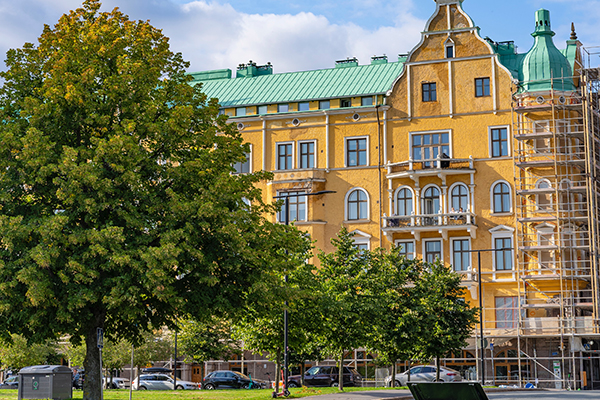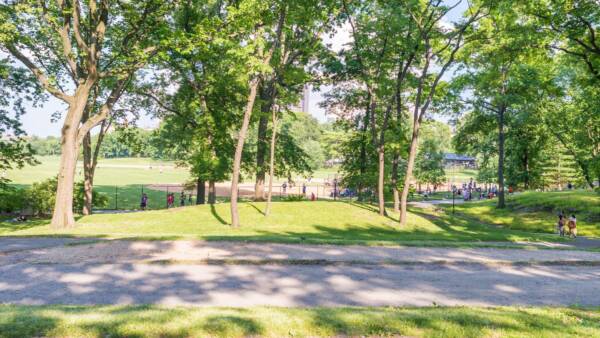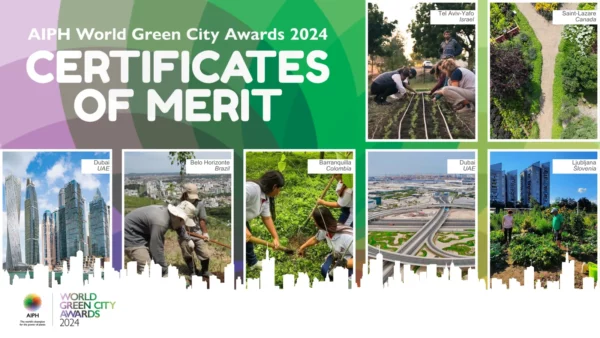Governments across the world are looking at ways to reduce their carbon emissions, with some countries aspiring to achieve net zero emissions targets. Simultaneously, due to the demand for residential and office developments in cities, urban density is rapidly increasing and green space is often not prioritised. However, research continues to showcase the requirement for green spaces to create healthy places for people to live and work. Taking an integrated approach to urban development allows planners and policymakers to engage with the multifaceted benefits of including plants in urban environments.
Beyond the health and wellbeing benefits of green spaces, recent research from Helsinki, Finland, has found that urban green spaces in densely urban areas could also contribute to achieving net zero targets. This case study research demonstrated how green spaces in locations with high urban density provide both carbon storage capacity and species biodiversity. The researchers analysed; the total carbon stored estimates; the number of species of specific flora groups (vascular plants, bryophytes, fungi and lichen); against the density of the urban area (as defined through the measure ‘floor area ratio’).
The findings showed there was a relationship between carbon storage and species diversity in the high and mid-high density sites. The relationship between carbon sinks and high biodiversity was stronger at sites of intensive urban development than on the urban fringe, which suggests that urban green spaces play an important role in densely urban areas by providing both biodiversity in plant life and reducing the carbon emissions of a city.
In terms of the change in relationship at the urban fringe, the researchers suggested this could be due to the size and types of landscapes occurring in areas of lower density. The mosaic effect of the high density urban environment results in multiple different urban environment characteristics occurring in a smaller area than on the urban fringe (a less urban dense zone).
Urban fringe areas, however, should not be discounted as valuable to the biodiversity and carbon storage of a city. They should be seen as part of a wider network of city infrastructure. The opportunity to connect green corridors and promote these larger green spaces for access from dense urban zones provides benefits to the overall city biodiversity along with the positive function of green spaces for human health and wellbeing.
To conclude, this study highlights the importance of small-scale heterogeneity and green areas in dense urban areas for species biodiversity and urban carbon sink conservation. Whilst additional research is required to understand the full implications, this case study provides further detail on the role plants and biodiversity play in creating resilient cities. As research into the role of plants in urban environments continues to develop, it is important that urban planners and policy makers are able to prioritise green spaces even when under increasing demand from urban development.


















